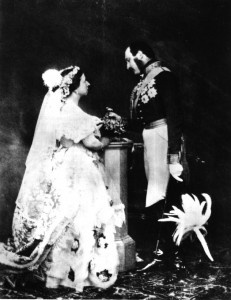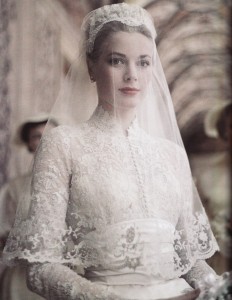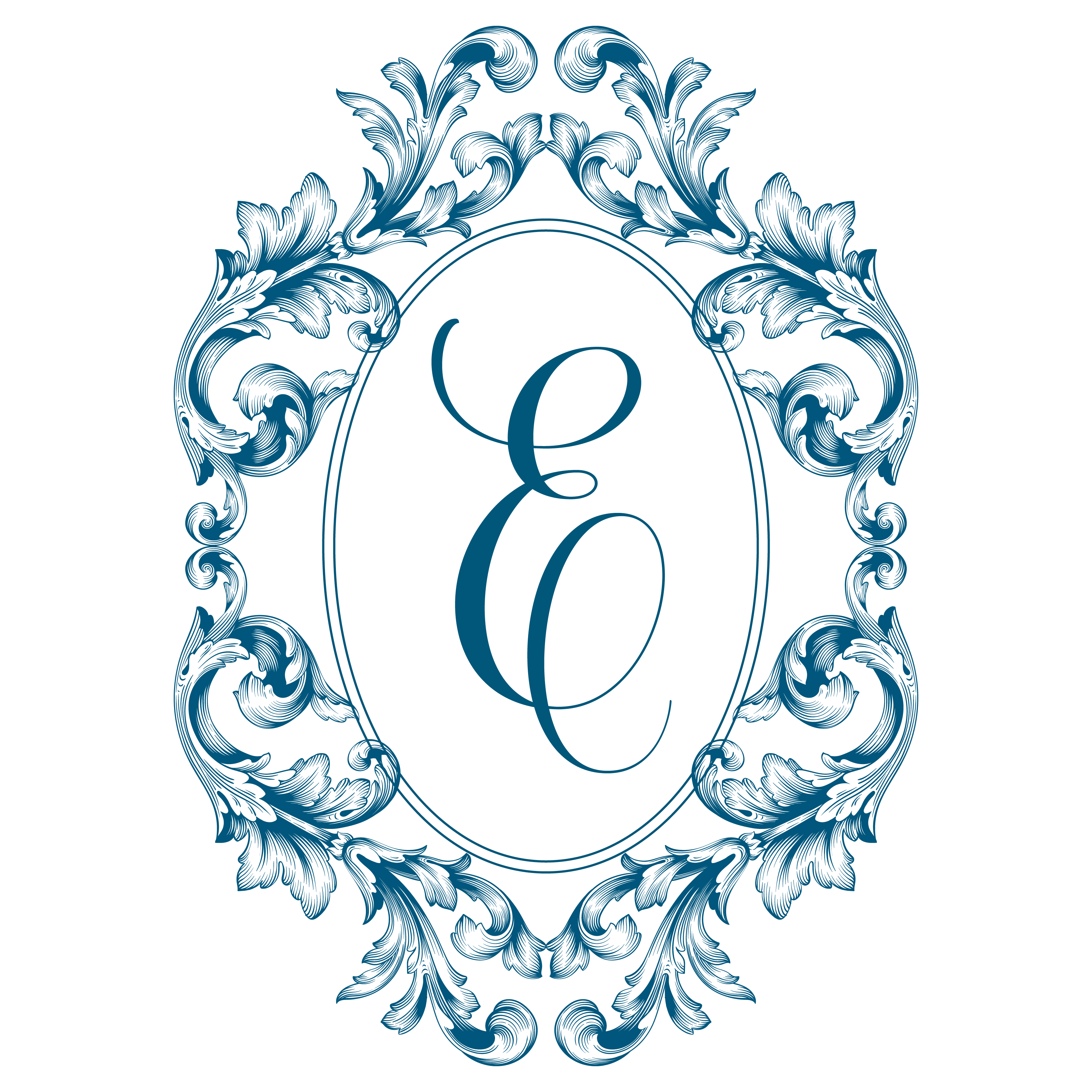Ever wonder about the origins of some common wedding traditions? Here are just a few interesting historical references to consider as you’re planning your wedding day:
Engagement and wedding rings are worn on the fourth finger of the left hand because it was once thought that a vein in that finger led directly to the heart.
Diamonds set in gold or silver became popular as betrothal rings among wealthy Venetians toward the end of the fifteenth century.
One of history’s earliest engagement rings was given to Princess Mary, daughter of Henry VIII. She was two years old at the time.
Queen Victoria started the Western world’s white wedding dress trend in 1840 — before then, brides simply wore their best dress.

Princess Victoria also established the tradition of playing Wagner’s “Bridal Chorus” during her wedding processional in 1858.
The bride stands to the groom’s left during a Christian ceremony, because in bygone days the groom needed his right hand free to fight off other suitors.
Ancient Greeks and Romans thought the veil protected the bride from evil spirits. Brides have worn veils ever since.

Brides carry or wear “something old” on their wedding day to symbolize continuity with the past.
The “something blue” in a bridal ensemble symbolizes purity, fidelity, and love.
The tradition of a wedding cake comes from ancient Rome, where revelers broke a loaf of bread over a bride’s head for fertility’s sake.
In many cultures around the world — including Celtic, Hindu and Egyptian weddings — the hands of a bride and groom are literally tied together to demonstrate the couple’s commitment to each other and their new bond as a married couple – giving us the popular phrase “tying the knot.”
The Roman goddess Juno rules over marriage, the hearth, and childbirth, hence the popularity of June weddings.
Information compiled by The Knot



